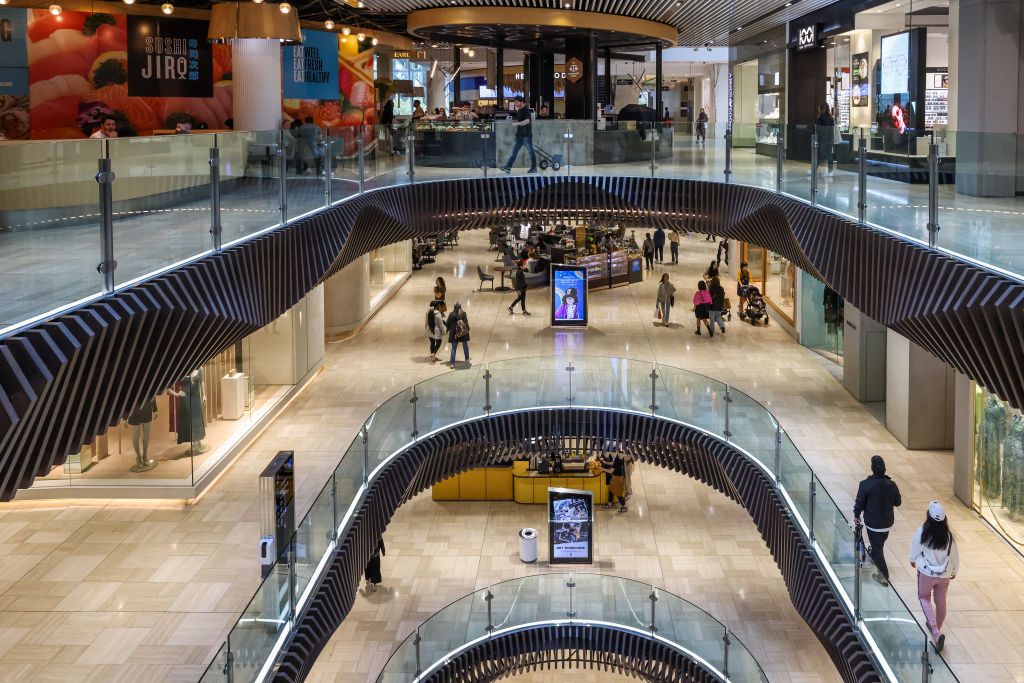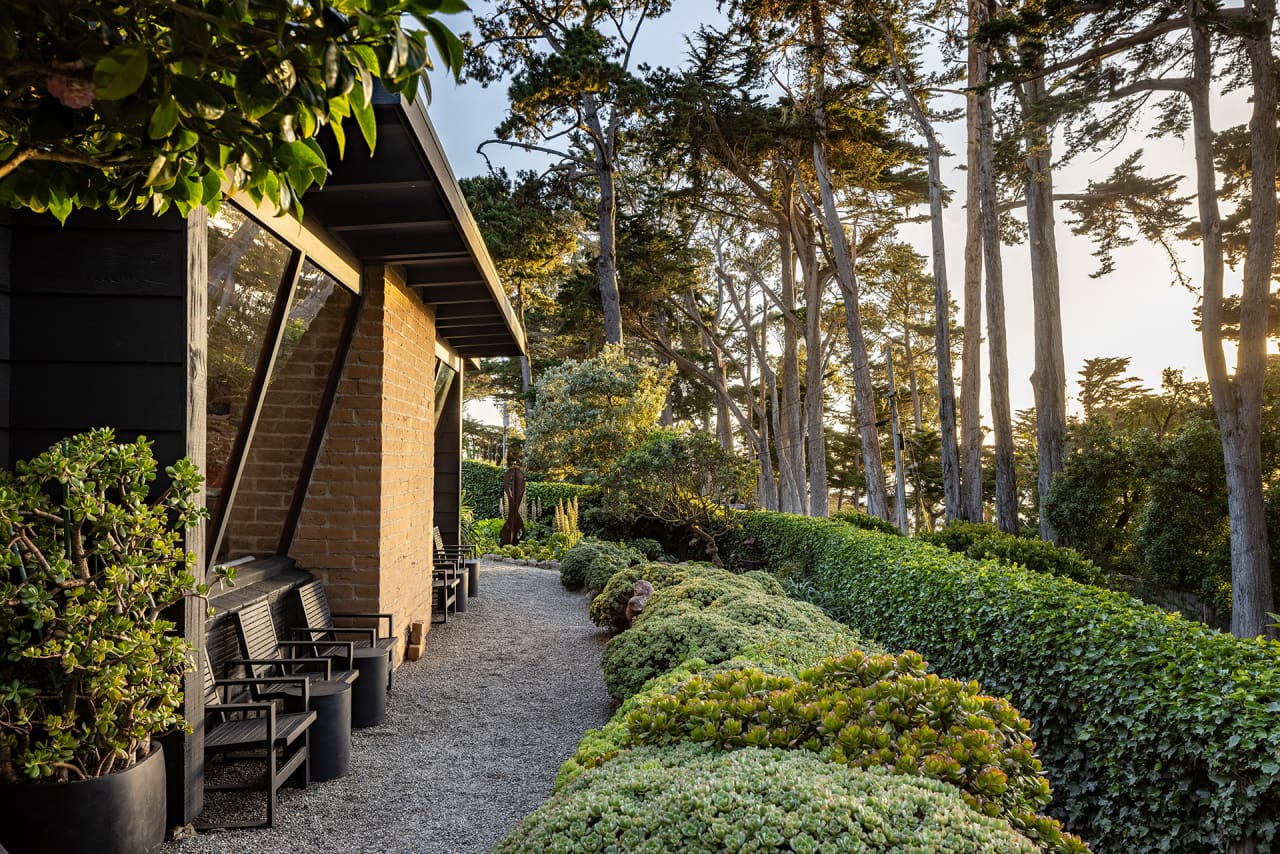Consumer confidence at its lowest in Australia since 1990s recession
High interest rates and the cost-of-living crisis are creating a gloomy outlook among many
Consumer confidence fell in January to its lowest level for the first month of a new year since the 1990s recession. The Westpac-Melbourne Institute Consumer Sentiment Index fell 1.3 percent to 81 points. Westpac senior economist Matthew Hassan said this reading was in the bottom 7 percent of all sentiment measures ever recorded since the survey began in the mid-1970s.
“For consumers, the new year looks to have picked up where the old one left off: cost of living and high interest rates continuing to dominate and sentiment bumping around deeply pessimistic levels,” Mr Hassan said. “The continued weak reads on sentiment show Australian consumers remain under intense pressure as the surging cost of living, materially higher interest rates and rising tax take weigh heavily on incomes.”
The sub-indexes measuring consumers’ outlook for the economy and their personal finances in 2024 remained “materially below long-term averages”. Mr Hassan said there was a further deterioration in family finances this month.
“The ‘finances compared to a year ago’ sub-index dropped 7.6 percent to 63, unwinding most of the 11 percent improvement seen over the three months to December. Those in low- and middle-income brackets reported the biggest deterioration in the month.”
Australians are also worried about the medium to long-term prospects for the economy. Consumers’ five-year outlook on the economy fell 6.1 percent to 89.1 points, with young renters driving this fall.
Just over half of the 1,200 people who participated in the survey said they expected interest rate rises to continue in 2024. This is down from 60 percent in December and follows the lower monthly inflation reading of 4.3 percent in November, as well as expectations in the United States that the Federal Reserve will begin cutting interest rates in the world’s biggest economy this year.
Mr Hassan commented that Australian consumers are much more ‘hawkish’ on rates than the financial markets and economists. “While just over half of consumers expect mortgage rates to rise, futures markets are currently pricing in 50bps in cuts by year-end, with three out of four economists also expecting the cash rate to move lower,” he said.
Housing-related sentiment continued to show “a stark gap between buyer sentiment and price expectations”, Mr Hassan noted. The ‘time to buy a dwelling’ sub-index fell 3.1 percent to 72 points, which is considered very weak. More than two-thirds of consumers expect house prices to rise in 2024. This follows a surprising 8.6 percent lift in the national median house price in 2023, according to CoreLogic data.
This price growth was largely due to fewer homes for sale, more cash buyers at the market’s upper end, greater demand in cheaper suburbs, which resulted in strong price growth, and increased first home buyer activity facilitated by the Bank of Mum and Dad and the expanded First Home Guarantee scheme.
Looking ahead, the December quarterly inflation read to be released by the Bureau of Statistics on 31 January will be critical to the Reserve Bank’s next interest rate decision on 6 February, said Mr Hassan.
“On balance, we expect the RBA to leave rates unchanged in February, and to be unlikely to raise rates further from here,” he said. “However, a material upside surprise on inflation would make for a more finely balanced decision.”
This stylish family home combines a classic palette and finishes with a flexible floorplan
Just 55 minutes from Sydney, make this your creative getaway located in the majestic Hawkesbury region.
Impact investing is becoming more mainstream as larger, institutional asset owners drive more money into the sector, according to the nonprofit Global Impact Investing Network in New York.
In the GIIN’s State of the Market 2024 report, published late last month, researchers found that assets allocated to impact-investing strategies by repeat survey responders grew by a compound annual growth rate (CAGR) of 14% over the last five years.
These 71 responders to both the 2019 and 2024 surveys saw their total impact assets under management grow to US$249 billion this year from US$129 billion five years ago.
Medium- and large-size investors were largely responsible for the strong impact returns: Medium-size investors posted a median CAGR of 11% a year over the five-year period, and large-size investors posted a median CAGR of 14% a year.
Interestingly, the CAGR of assets held by small investors dropped by a median of 14% a year.
“When we drill down behind the compound annual growth of the assets that are being allocated to impact investing, it’s largely those larger investors that are actually driving it,” says Dean Hand, the GIIN’s chief research officer.
Overall, the GIIN surveyed 305 investors with a combined US$490 billion under management from 39 countries. Nearly three-quarters of the responders were investment managers, while 10% were foundations, and 3% were family offices. Development finance institutions, institutional asset owners, and companies represented most of the rest.
The majority of impact strategies are executed through private-equity, but public debt and equity have been the fastest-growing asset classes over the past five years, the report said. Public debt is growing at a CAGR of 32%, and public equity is growing at a CAGR of 19%. That compares to a CAGR of 17% for private equity and 7% for private debt.
According to the GIIN, the rise in public impact assets is being driven by larger investors, likely institutions.
Private equity has traditionally served as an ideal way to execute impact strategies, as it allows investors to select vehicles specifically designed to create a positive social or environmental impact by, for example, providing loans to smallholder farmers in Africa or by supporting fledging renewable energy technologies.
Future Returns: Preqin expects managers to rely on family offices, private banks, and individual investors for growth in the next six years
But today, institutional investors are looking across their portfolios—encompassing both private and public assets—to achieve their impact goals.
“Institutional asset owners are saying, ‘In the interests of our ultimate beneficiaries, we probably need to start driving these strategies across our assets,’” Hand says. Instead of carving out a dedicated impact strategy, these investors are taking “a holistic portfolio approach.”
An institutional manager may want to address issues such as climate change, healthcare costs, and local economic growth so it can support a better quality of life for its beneficiaries.
To achieve these goals, the manager could invest across a range of private debt, private equity, and real estate.
But the public markets offer opportunities, too. Using public debt, a manager could, for example, invest in green bonds, regional bank bonds, or healthcare social bonds. In public equity, it could invest in green-power storage technologies, minority-focused real-estate trusts, and in pharmaceutical and medical-care company stocks with the aim of influencing them to lower the costs of care, according to an example the GIIN lays out in a separate report on institutional strategies.
Influencing companies to act in the best interests of society and the environment is increasingly being done through such shareholder advocacy, either directly through ownership in individual stocks or through fund vehicles.
“They’re trying to move their portfolio companies to actually solving some of the challenges that exist,” Hand says.
Although the rate of growth in public strategies for impact is brisk, among survey respondents investments in public debt totaled only 12% of assets and just 7% in public equity. Private equity, however, grabs 43% of these investors’ assets.
Within private equity, Hand also discerns more evidence of maturity in the impact sector. That’s because more impact-oriented asset owners invest in mature and growth-stage companies, which are favored by larger asset owners that have more substantial assets to put to work.
The GIIN State of the Market report also found that impact asset owners are largely happy with both the financial performance and impact results of their holdings.
About three-quarters of those surveyed were seeking risk-adjusted, market-rate returns, although foundations were an exception as 68% sought below-market returns, the report said. Overall, 86% reported their investments were performing in line or above their expectations—even when their targets were not met—and 90% said the same for their impact returns.
Private-equity posted the strongest results, returning 17% on average, although that was less than the 19% targeted return. By contrast, public equity returned 11%, above a 10% target.
The fact some asset classes over performed and others underperformed, shows that “normal economic forces are at play in the market,” Hand says.
Although investors are satisfied with their impact performance, they are still dealing with a fragmented approach for measuring it, the report said. “Despite this, over two-thirds of investors are incorporating impact criteria into their investment governance documents, signalling a significant shift toward formalising impact considerations in decision-making processes,” it said.
Also, more investors are getting third-party verification of their results, which strengthens their accountability in the market.
“The satisfaction with performance is nice to see,” Hand says. “But we do need to see more about what’s happening in terms of investors being able to actually track both the impact performance in real terms as well as the financial performance in real terms.”
This stylish family home combines a classic palette and finishes with a flexible floorplan
Just 55 minutes from Sydney, make this your creative getaway located in the majestic Hawkesbury region.


















